Temperatures have dropped in recent days in the northern Italian city of Turin, but that hasn’t prevented Anita Iacovelli from persevering in her protest against the closure of her school.
Every day since 6 November, when schools across the city and the wider Piedmont region were closed due to escalating coronavirus infections, the 12-year-old, wearing a hat, gloves and face mask, has sat outside Italo Calvino school and continued with her lessons remotely on a tablet computer. Behind her is a handwritten poster that reads “Learning at school is our right”.
It began as a lone protest but Anita was soon joined by her friend Lisa Rogliatti and other classmates, before the initiative gathered momentum across Italy.
It is not the most ideal way to study, but the children simply want to go back to class, having spent months cooped up indoors in front of computers during the first wave of the pandemic.
“At the very beginning, when they announced that schools were closing, we were happy as we had weeks of tests coming up and so we thought we would skip them,” Anita told the Guardian. “But then it became extremely heavy and we got very tired.”
Schools in Italy reopened in September after being closed for more than six months. Within weeks all high school classes were again moved online as the coronavirus second wave took hold. “I was not afraid to go back to school, it was a safe place, and it was lovely to see school friends even if only for a short time,” Anita said.
Distance learning was extremely strenuous, she said. “When you study this way there are so many problems, maybe you lose the internet connection and have to repeat the task. After so long being in front of a screen you stop concentrating and get distracted, and so you don’t follow the lesson any more. But that’s not the only problem – some people don’t even have an internet connection, space to work or parents who can help and support them.”
The protest attracted the attention of the education minister, Lucia Azzolina, who called Anita to congratulate her and say she would do everything she could to reopen schools as soon as possible.
“The message I want to give is that schools are safe,” Anita said. “We were always in masks, the windows were open and there was hand gel.”
The Italian government has adopted a tiered system across its 20 regions as it tackles the pandemic. Piedmont is in the high-risk “red zone”, meaning people can leave their homes only for work, health or emergency reasons. Bars and restaurants are closed, as are most shops. But people still have the right to protest.
Anita’s demonstration and others across the country are now being promoted by Priorità alla Scuola (Priority to School), a movement made up of teachers and parents that fights for a better education system. The protests are being called “Schools for Future”, a play on Fridays for Future, the global climate strike movement started by Greta Thunberg in Sweden in 2018.
Comparisons are already being drawn between Anita and Greta. “But Anita says ‘I’m Anita, not Greta’,” said her mother, Cristiana Perrone.
Perrone has been accompanying her daughter on the protests. “The children are really determined … they are really just focused on going back to school.”
Anita, whose favourite subject is maths, said she did not have a precise idea of what she would like to do in the future, but she wanted to do something that helps schools.
“I would like to create a policy for schools that gives them the importance they need to have,” she said.


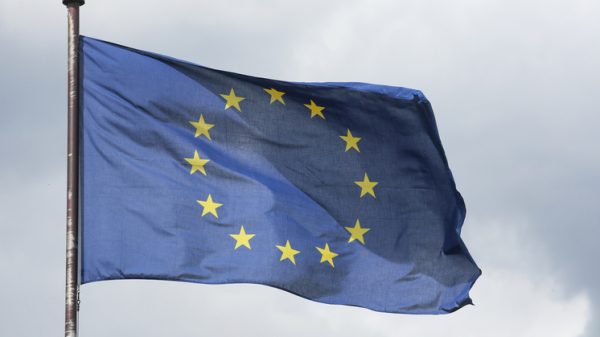
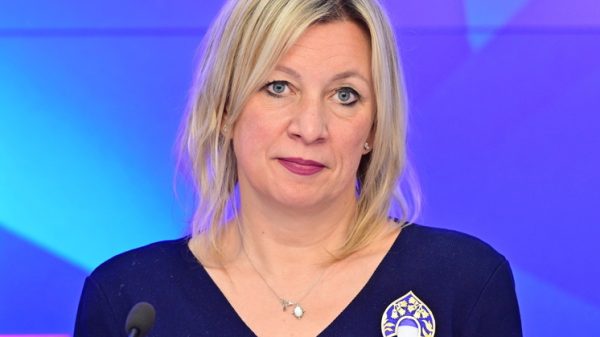
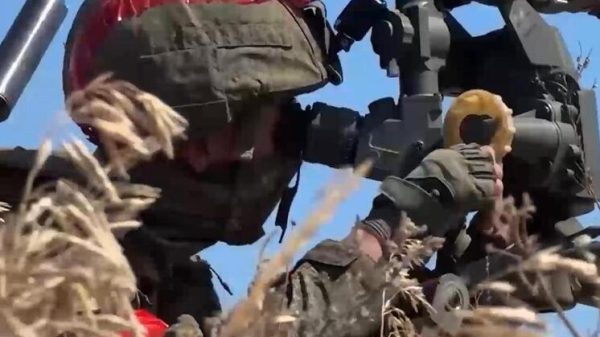



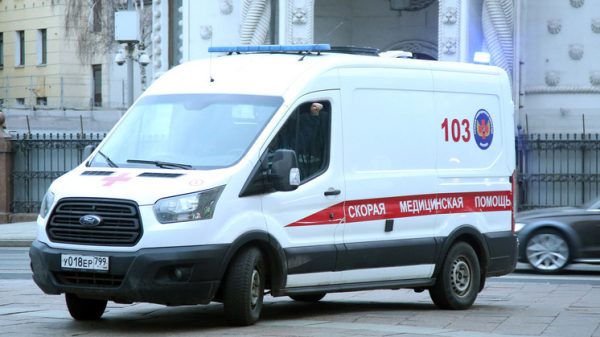
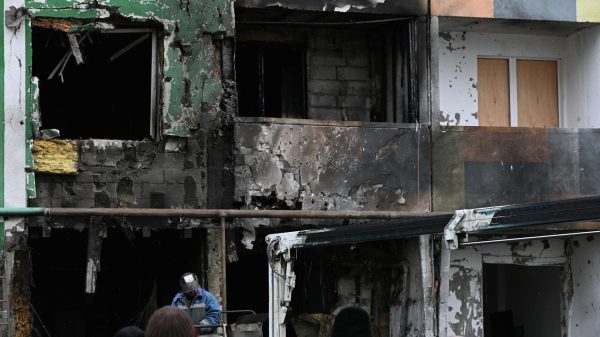
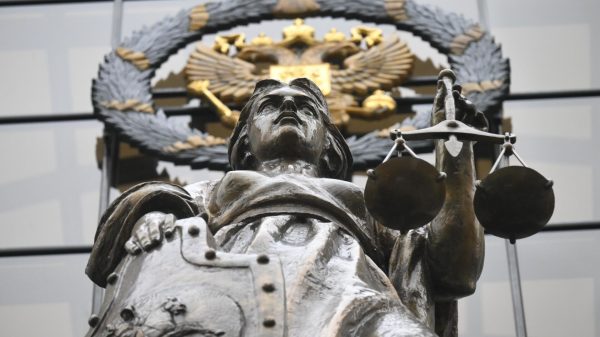
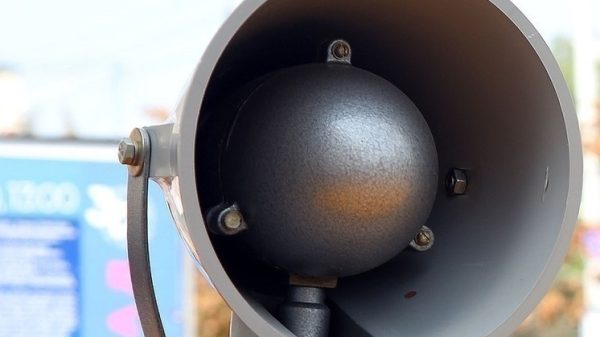

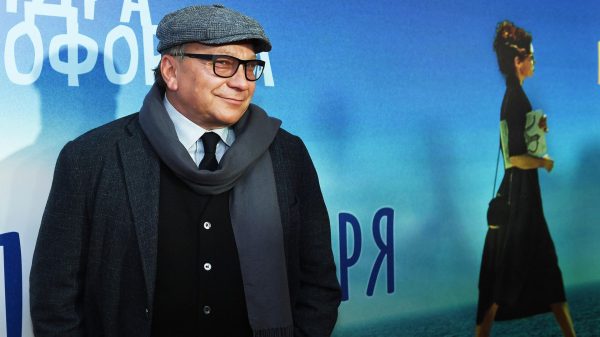
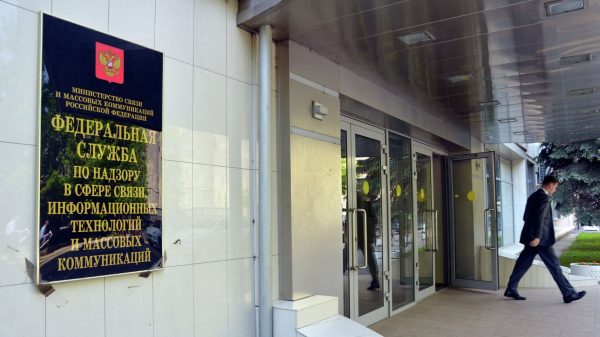
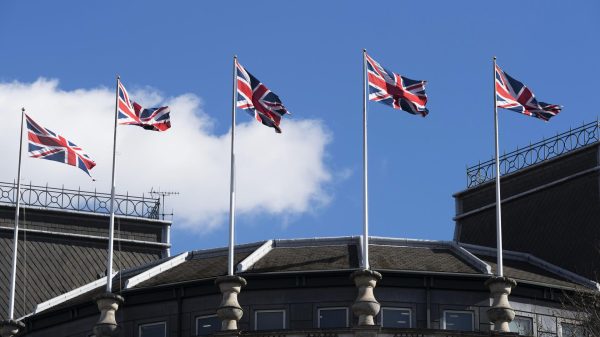


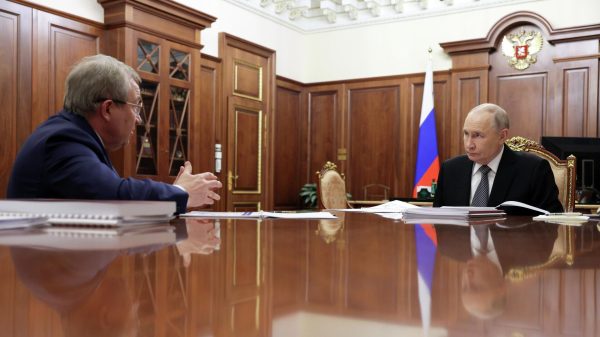









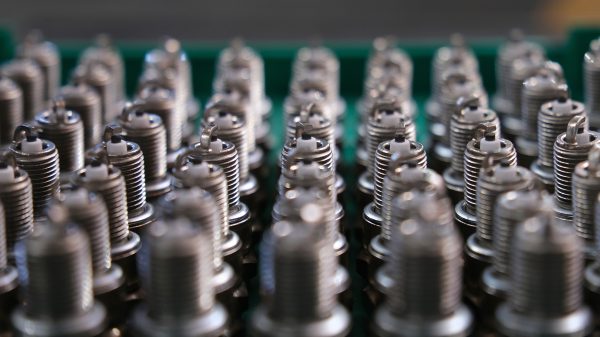
























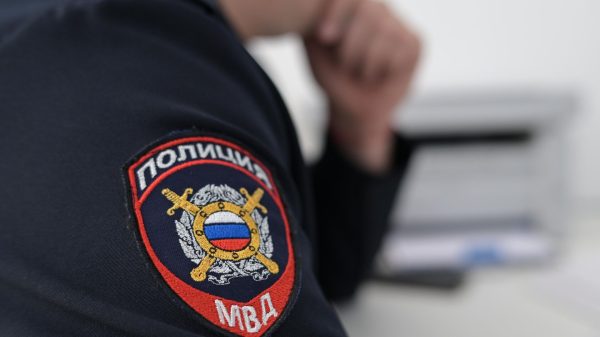
Свежие комментарии